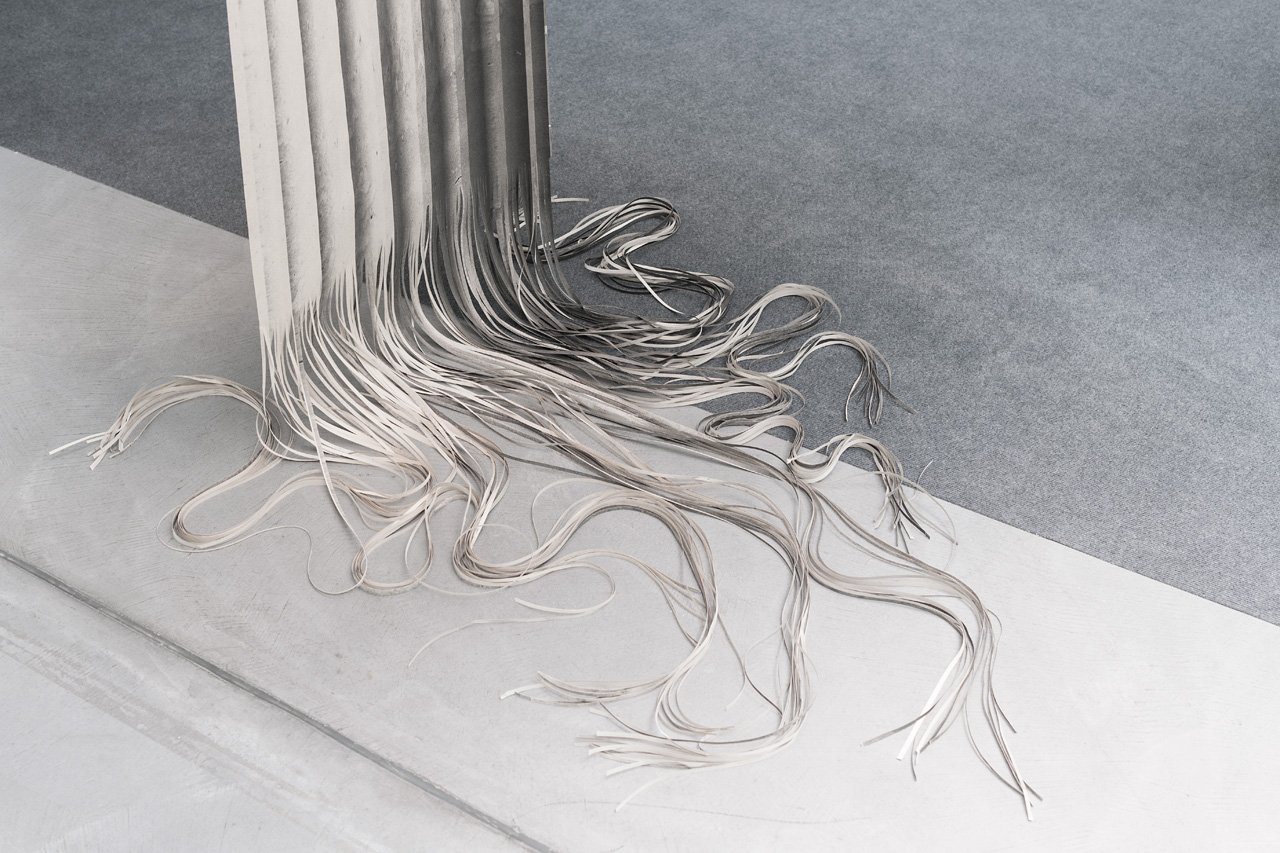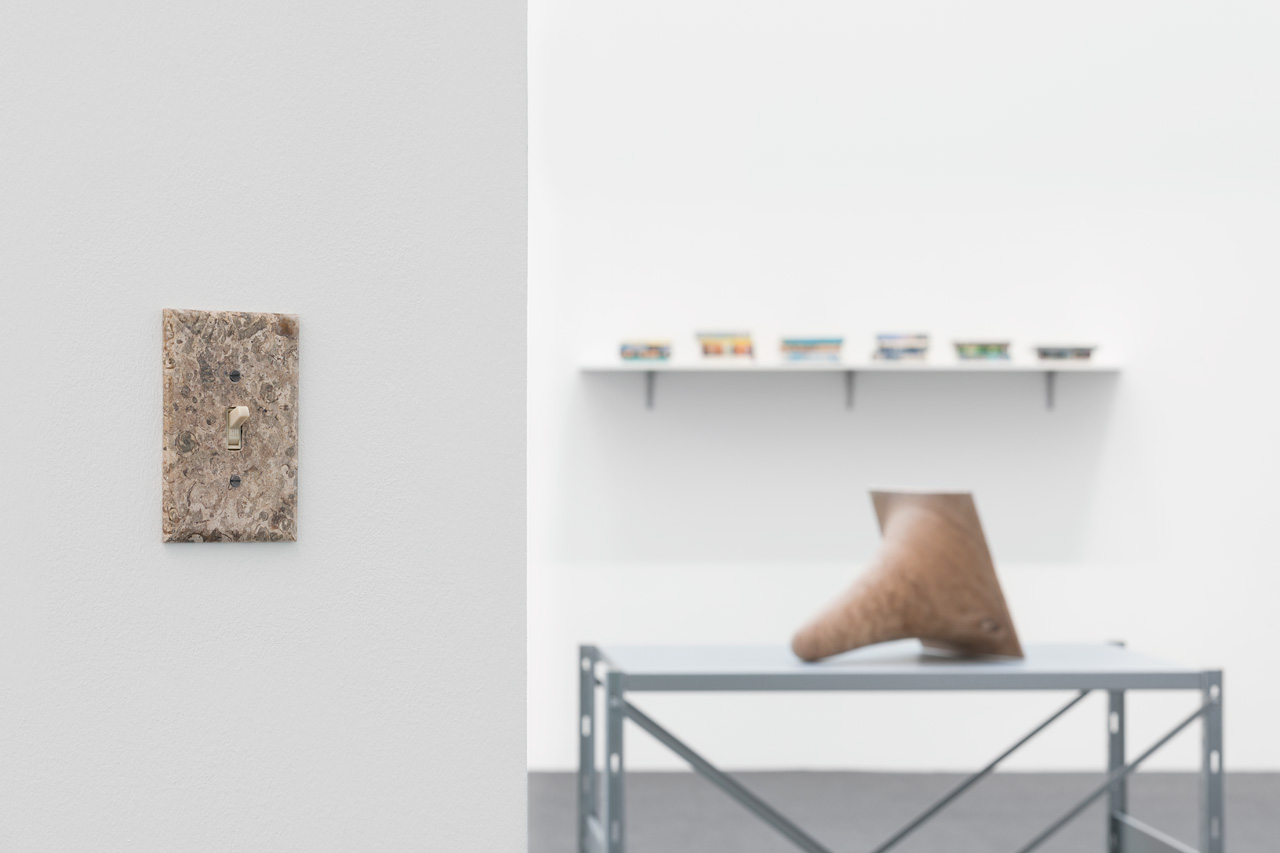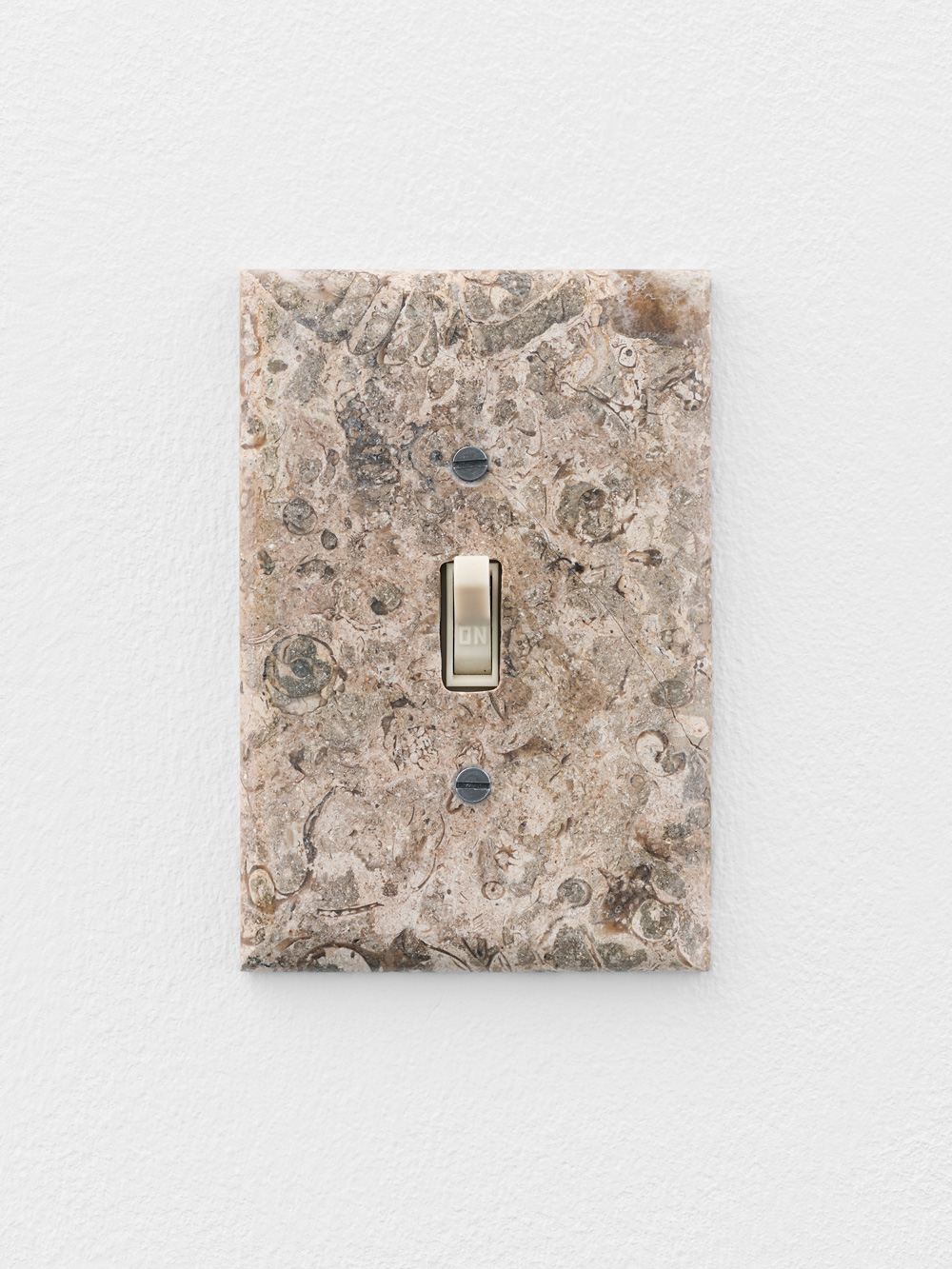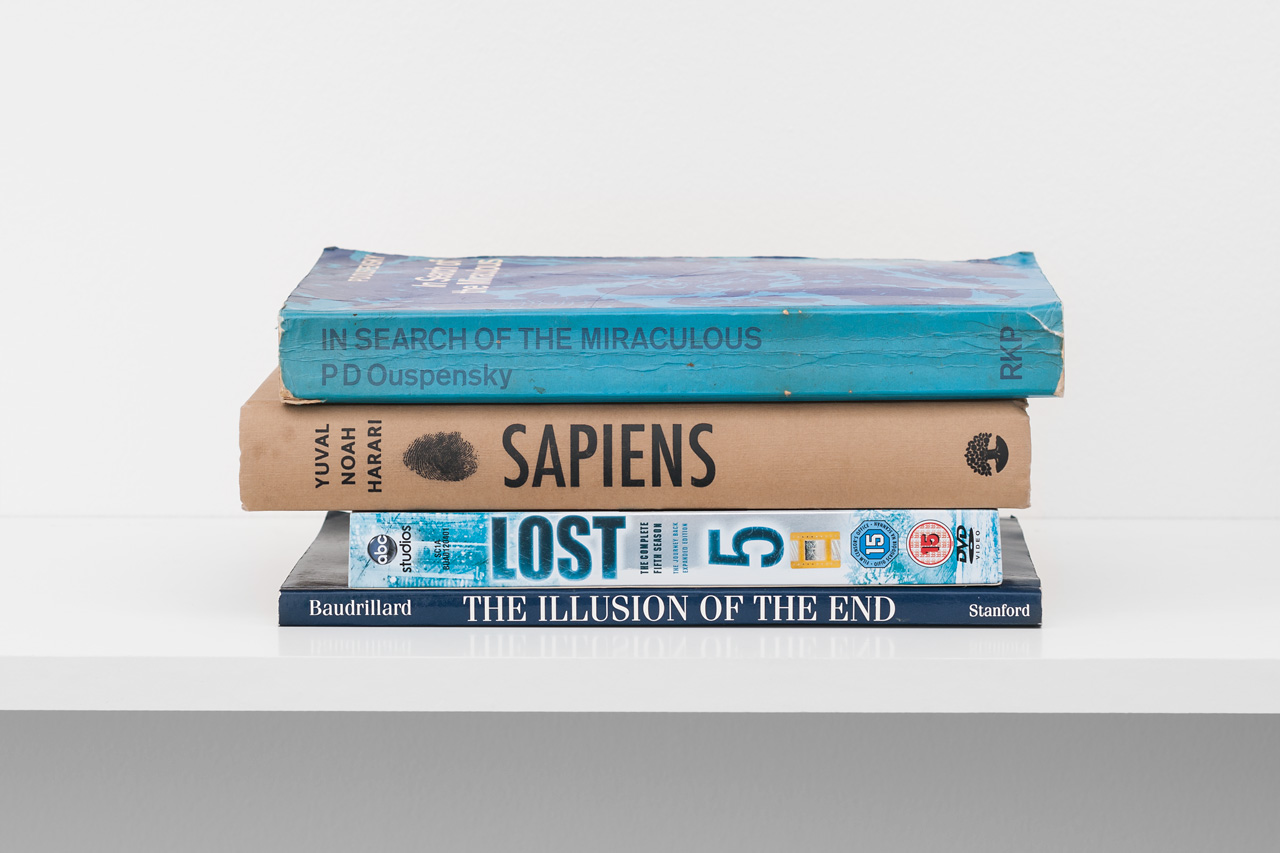Christian Andersson opens at von Bartha during Art Basel week
The exhibition will present drawing, sculpture, installation and video exploring the relationship between science, reality and fiction. Working with the extensive 850m² gallery space, Andersson will create zones in the gallery which will allow the viewer to have multiple perspectives of the works.
Some of the works included in the exhibition are Column Shred (2015) which consists of six hanging floor-to- ceiling prints. In the mid-part of the gallery a new work, Chroma Key Twine (2016), based on green screen backdrops, commonly used in TV and film production to create virtual backgrounds will sit. At the rear of the gallery the film Dreamcatcher (2015) will play on a double-sided screen.
In an interview for the gallery, Christian Andersson answered some questions about his work and the upcoming exhibition.
How has your work developed since your first exhibition at von Bartha in 2014?
My show at von Bartha in 2014 was about playing with the balance between what my work was and what were “props”. This exhibition in 2016 is about a story being told. The pieces are like collages in which different times, stories and facts are openly fused together. They map situations of change and an overview of this shift, others expose new structures being drawn. The works all come together as scanners, tracing the moment where one state of mind is changing into another.
How do you approach the 850m2 gallery space at von Bartha?
I decided to create a path running from the main entrance all the way to the back of the gallery, stretching through the entire space. All the works in the exhibition emerge from this path, like sparks of life bursting out from a single DNA string.
You have been influenced by Giorgio de Chirico, what interests you about his work?
I always felt that his early metaphysical works contained a very specific notion of time, as if they were not fixed landscapes, but instead animated in extreme slow motion. When I was a kid I saw “Le Cerveau de L’enfant” (The Child’s Brain) at Moderna Museet in Stockholm. I was sure that the figure in that painting would one day open his eyes. I loved that tension, waiting for that moment. In my video “Dreamcatcher” I let this happen, by fast-forwarding this approaching animation I sensed as a child.
How has science fiction inspired your work?
There are too many sources to mention, but the writings of Philip K. Dick have always been important to me, and the way that he simultaneously constructs and tears down worlds. You are in the hands of the people in the novels, as you watch the world through their eyes, and if their perception is falling apart, so is yours. This notion of paranoia has fuelled many of my works.
Why do you choose to work with video and installation as mediums?
A work often dictates what kind of body it will grow into. It’s a matter of being sensible, foreseeing where the piece is going and then you follow the work as it takes shape. This means an idea might grow into a drawing, a bronze cast or a video. If you are forcing an idea into a predestined shape or material, it will never fully come to life, in my opinion.
Which work have you been working on recently?
The last eight months have been filled with handicraft! I’ve been doing woodturning and braiding paper, for two of the major new works in the show, “Now Wait For Last Year” and “Chroma Key Twine”. It’s been great to use my hands and body again, after spending time in the binary world when working on my video “Dreamcatcher”.


















